SUNDAY JOINT, 4-16-2023: MIDGET VS PHIL, BATTLE OF THE BIOGRAPHIES – GENTLEMEN, START YOUR METAPHORS!

Hey All,
Midget Farrelly's The Surfing Life and Phil Edwards' You Should Have Been Here an Hour Ago were published back-to-back in the summer of 1967, and are more or less the original surfer autobiographies. The genre didn't exist—then suddenly we had not one, but two very good first-person books by surfers who were not only supremely gifted in the water but also bright and articulate and opinionated. Both men leaned establishment compared to, say, Miki Dora (Edwards' longtime friend) or Nat Young (Farrelly's friend-turned-bitter-rival). But "establishment" in this case is relative. Farrelly of course was surfing's first world champion, winning the title in 1964, while Edwards, in the late '50s and early '60s, was a consensus pick for best surfer in the world and had recently been featured on the cover of Sports Illustrated. Yet both of them, in their respective books, recognize and explain and celebrate surfing as something unique and peculiar—half sport and half something else entirely. You never get the feeling, in either book, that Edwards or Farrelly are trying to mold surfing into something it isn't.
A few caveats before we start throwing around the quotes and excerpts. Farrelly's book came first, as it was originally offered as This Surfing Life, in Australia in 1965, by Rigby Limited. The American version, by Arco Publishing, came out in 1967.
Also, Farrelly's book, technically speaking, is not an autobiography. It's a primer, a Surfing 101. It has chapters on surf history, wave formation, board design, etc. For the eager 1967 surfing newcomer—the Monkees-era VAL—Surfing Life would be one to buy if you're looking to quickly upload some basic surf knowledge. "But the book is most enjoyable when Farrelly is writing about himself and his own attitudes to surfing," as a reviewer noted. "He can put into words what many surfers can only feel or talk about to each other."

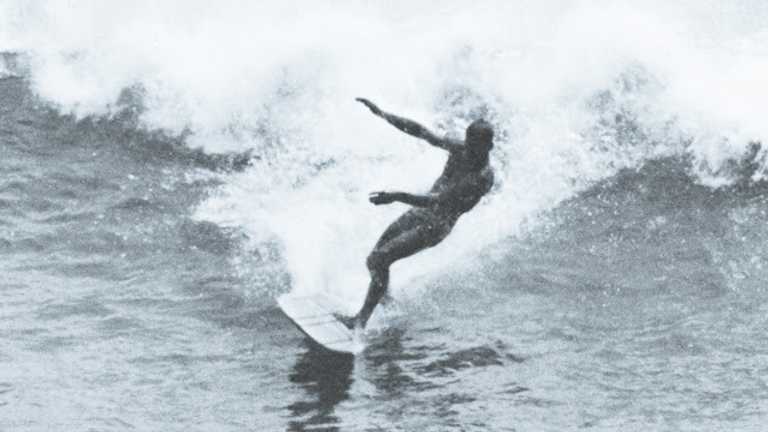
Phil's book is all autobiography. He throws in a bit of history and board tech and whatnot, but only in the service of pushing his story along. We start at the beginning ("When I was a kid, I spent more time in the water than I did on land") and finish in the present ("As you read this, I am probably out surfing"), and while Edwards bebops from topic to surf-related topic, everything clicks together smoothly and chronologically. Farrelly's book is something you might go back to and use for reference. Edwards' book is something you'd devour in a single afternoon.
But let's stay with the similarities for a moment, beginning with the probably make-or-break fact that both books are coauthored—and I mean really coauthored, by excellent writers who care about the person and the subject they're writing about. Bob Ottum, Phil's partner, was a loose, wry, Tom Wolfe-biting, Screwdrivers-for-lunch Sports Illustrated staffer who specialized in auto racing—in his author photo in You Should Have Been Here an Hour Ago, Ottum sits on the Bonneville Salt Flats wearing a monogrammed Firestone jacket—and it's clear from the opening pages that he likes and admires Edwards, and is fascinated by surfing.
Craig McGregor, Midget's coauthor, wrote about politics and pop culture for the Sydney Morning-Herald, had a long and storied career (he died just last year, at 88), and crossed the great Farrelly-Young divide by co-writing Nat Young's History of Surfing in 1983. Unlike Bob Ottum, McGregor disappears into his coauthor job—Ottum gets a first-person prologue and epilogue in Edwards' book; McGregor has neither—but keeps things organized and tight. (Both books are short: Farrelly's is 192 pages, Edwards' is 180 pages, and a lot of pages are given over to photos or illustrations.)
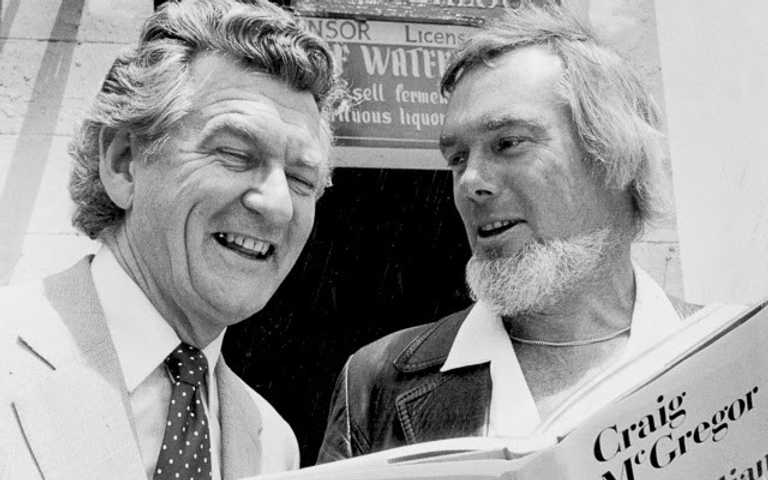
The two surfers are ambivalent, at best, about surfing contests. Edwards is our most cherished anti-contest surfer—although better to say, probably, that he was our most eloquent anti-contest surfer; he was head judge at the '64 World Championships, and sometimes competed himself, just not very often or very well. Farrelly's unenthusiastic take on competition, on the other hand, caught me by surprise. His first major win came at the 1962 Makaha International, and here's how he describes the event in his book:
The same thing happened there as was to happen in the finals of the World Championships at Manly [in 1964]. I got sick of the whole thing halfway through. This seems to be a common thing with me—I got sick of the New South Wales state finals at Avalon, I got sick of the one at Manly, and I got sick of this one at Makaha. I just couldn't surf seriously, I wasn't enjoying it, and the waves would not allow me to do what I wanted to do. I did a couple of head-dips; I think I even stood backwards once. When we came in, I think we were all pretty disgruntled. I was in the changing sheds, dressing, and was about to go back to my house, when I heard I had won. Everyone gave me a pretty good sort of a cheer. I went up, picked up the trophy, and that was that.

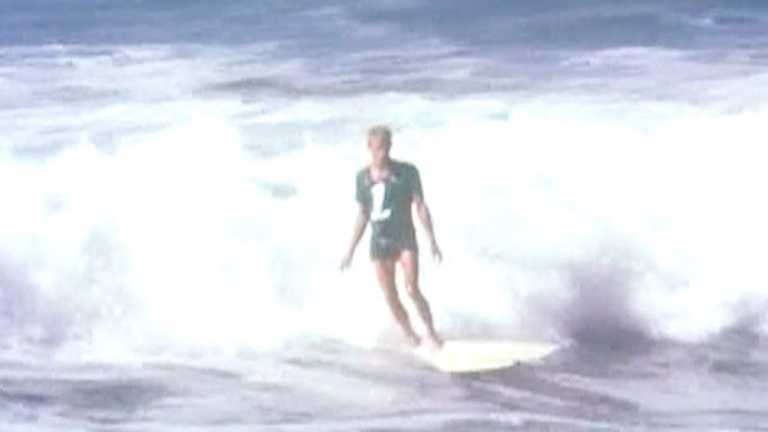
The biggest difference between the two books is tone. Both surfers use an informal voice—Edwards' goes much further, and in places is casual unto affectation—but the mood of each book could not be more different. Edwards is consistently playful. Farrelly is somber and humorless, at times even grim. The subtitle for Edwards' book is The Stoked Side of Surfing or How to Hang Ten Through Life and Stay Happy. The epigraph on Farrelly's book—literally the first words you read when you open the cover and turn the page—is "When you're comfortable, you're dead."
Midget makes no effort to close out The Surfing Life with any kind of summation or parting thought. Nothing. One moment he's talking about swimfins, the paragraph ends, turn the page and you're looking at the glossary. How to explain? All I can think of is maybe it's Midget's no-nonsense working-class Irish-British pedigree stepping in to wrap things up, done and done, no fuss, no muss. Either that or somebody at the printers made a mistake and left out the last few pages.
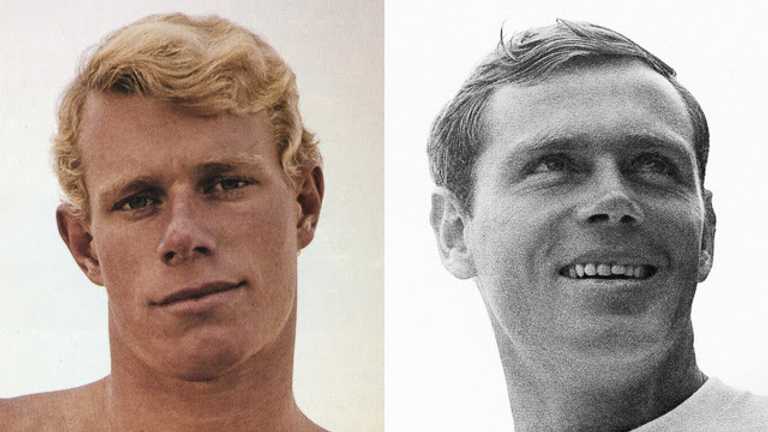
Edwards veers off in a completely different direction. In fact, all of You Should Have Been Here an Hour Ago, the whole book, seems to build to the last few paragraphs, which are resigned (crowds are only going to get worse) and poetic, and optimistic maybe to a fault, but above all generous. I've shortened it a bit here, and will ask your forgiveness re the comment about "giving guns to the Indians"—it was a different era—but so ends the Book of Phil:
The hackers of surfing are coming. Which is fine. What this sport needs is hackers—the wonderful world of everybody trying this pagan game. There are days where I feel that every time I make a new surfboard is like giving guns to the Indians. Still, the oceans of the world are big enough for everybody. And surfing needs them—the legions of the unjazzed. Perhaps if we stoke a few people, life outside will calm down a little.
Until it does, I will stay with life inside. I have been plugged in for years; plugged in I remain.
As you read this, giving proper allowances for hours, day and time differences, I am probably out surfing. Most likely at Poche Point, off Shafer's house, looking back at the sun glinting from the windows, looking up at a blue inverted bowl of sky. I am at peace—God knows, I am not often at peace—but I am now.
Thanks for reading, and see you next week!
Matt
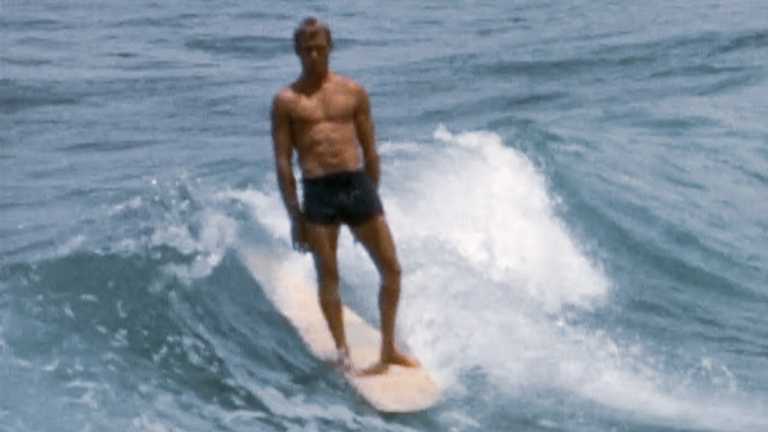
PS: The LA Times did same-page back-to-back capsule reviews of both books, calling The Surfing Life a "top-flight book for the would-be or the expert surfer," and describing Edwards as "an easy-going young man who tells his life story with a kind of slow-motion tone that proves very engaging." But the reviewer has a bone to pick with You Should Have Been Here: "The price of the book"—$6.95, compared to $4.95 for Surfing Life—"is outlandish."
PPS: The only copy of Phil's book I can find online this morning is selling for $850.
[Photo grid, clockwise from top left: Midget Farrelly, 1964 World Championships; cover of The Surfing Life; Phil Edwards, around nine years old; the Monkees; writer Bob Ottum; Phil Edwards from Surfing Hollow Days. Midget Farrelly, San Diego, photo by LeRoy Grannis. Phil Edwards, by Bruce Brown. Craig McGregor, with beard, and Aussie PM Bob Hawke, 1980. Midget Farrelly at Makaha, from Bob Evans' Ride a White Horse. Midget portrait by Bev Morgan. Edwards portrait by Bruce Brown. Edwards surf pic framegrab by Brown]